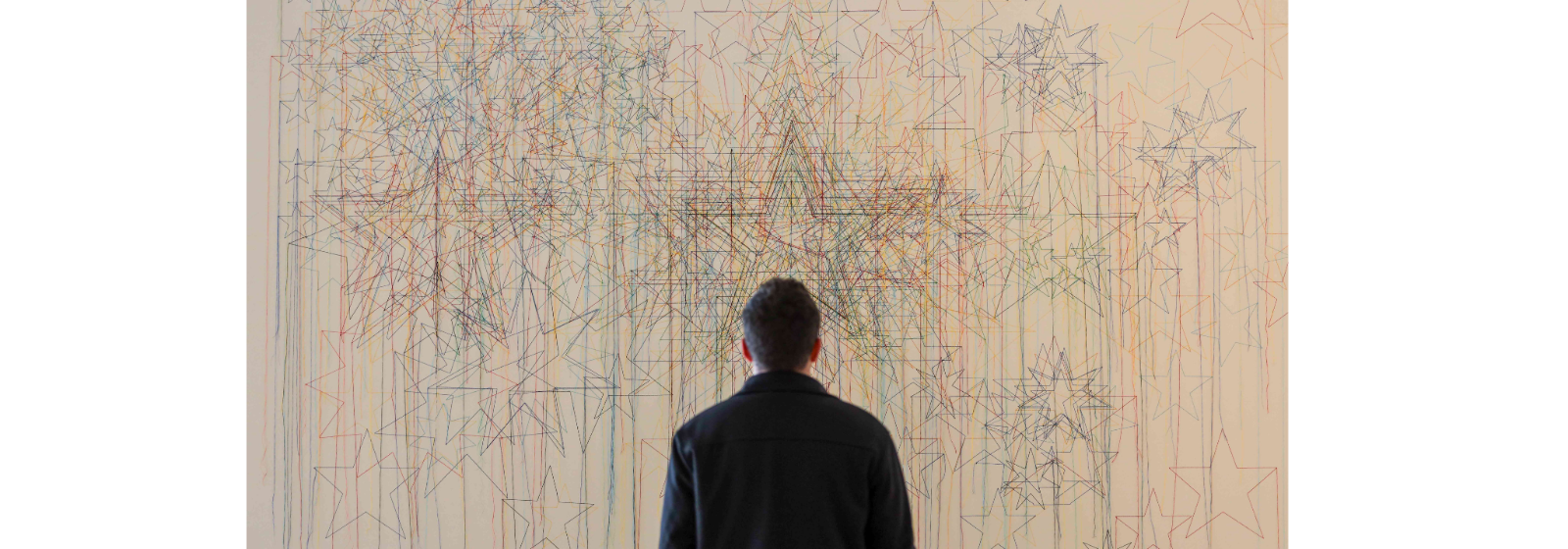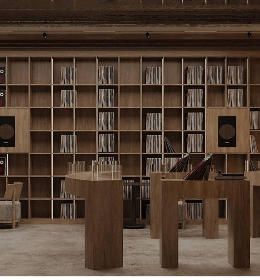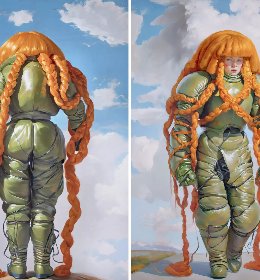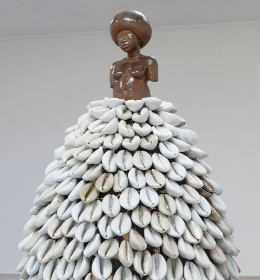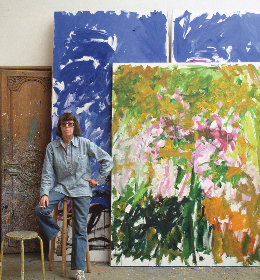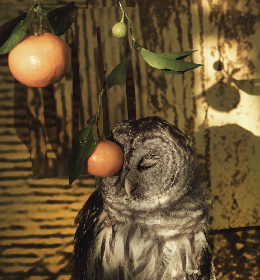Roshini Vadehra. Courtesy of the gallery.
Beyond economic growth – and the rise of millionaires and billionaires – how can the significant growth of the Indian art market between 2004 and 2008, and again post-COVID, be explained?
I think it can be attributed to a combination of cultural shifts, institutional developments, and global recognition of Indian contemporary art. Galleries, collectors, curators, and institutions have all been working hard and collaborating to bolster the Indian art scene (such as Vadehra for nearly 40 years now) and this has paid off. The pandemic itself encouraged a new crop of collectors as well as deeper introspection in seasoned collectors with them becoming more thoughtful, gravitating toward meaningful acquisitions. The rise of new institutions, biennials, public art, and artist-led initiatives has further reinforced confidence in the market. Ultimately, the growth of the South Asian art market isn’t just about financial expansion – it’s about a growing cultural awareness, a deepening sense of artistic patronage, and a broader global engagement with South Asian contemporary art.

Ashfika Rahman, Bon Bibi and Hundred Saga, Path - 4, 2023. C-type print on archival paper and golden silk thread. Courtesy of the artist and gallery. On view at Vadehra Art Gallery's booth at India Art Fair 2025.
Given the growing demand for art and artists in India, how is infrastructure development, including skilled professionals, museums, and education programmes, progressing to ensure that the country can fully support its burgeoning art scene?
While there has been significant progress, there is still much to be done. On the institutional front, we have seen the emergence of private museums and foundations, such as the Kiran Nadar Museum of Art, Hampi Art Labs, Serendipity Arts Festival, and the Museum of Art & Photography (MAP). These spaces are fostering public engagement through exhibitions, research, and educational initiatives. Galleries, too, play a vital role – not just in representing artists, but in nurturing a holistic ecosystem. At Vadehra, for example, we actively support publications to enhance learning and run a talks and events programme to encourage equitable access to art and culture-related opportunities. Ultimately, for India to fully support its art scene, a more integrated effort is needed between private and public institutions, collectors and educators, and local and global networks. The momentum is there, and it is an exciting time to be part of this evolution.

Sudhir Patwardhan, War Zone Studio, 2024, acrylic on canvas. Courtesy of the artist and Vadehra Art Gallery.
The artists currently supported by the gallery explore themes related to the challenges defining the future of Indian society, whether political or social issues. Their works are highly political, each in their own way. Are new Indian collectors particularly drawn to socially engaged art?
Indian collectors today are more engaged than ever, and while aesthetics and investment potential remain factors, there is a growing appetite for art that speaks to the pressing issues of our time. Many young and new collectors, especially those who are globally aware and socially conscious, are drawn to works that reflect the complexities of contemporary India – be it political or environmental issues, gender dynamics, or questions of identity. The Indian art market has matured significantly, and collectors increasingly recognise the importance of supporting voices like those of Shilpa Gupta, Sunil Gupta, Gauri Gill, and several others, that are shaping discourse, not just here but internationally. Art has always been a reflection of society, and today’s collectors appreciate that more than ever.
Could you give us an idea of the distribution of your collectors between Indian and international ones?
I joined the gallery in 2004 and we have slowly been growing our global presence by participating in fairs such as Frieze and Art Basel, increasing collaborations with institutional venues worldwide and displaying our own programming with exhibitions at spaces like Frieze No. 9 Cork Street. Today, I would say about 60% of our collectors are based in South Asia and the rest are international.

Shilpa Gupta, StillTheyKnowNotWhatIDream (2021), Motion flap-board. Courtesy of the artist and Vadehra Art Gallery.
Are the same collectors interested in both emerging artists and the major figures of Indian modern art, which have become very expensive today? Can you tell us about the new art trends of this scene?
Yes, many collectors are engaging with both. There is limited availability of works in the modern sector and rising concerns around forgery, but their historical and artistic value continues to drive demand. At the same time, we are seeing interest in contemporary artists pushing the boundaries of medium, material, and discourse. There has also been a rise in interest in the post-modernist generation of artists, particularly women artists (such as Arpita Singh, who will have her first solo exhibition of India at the Serpentine this spring, featuring works from her prolific career spanning more than six decades) and Gulammohammed Sheikh, who will soon have his retrospective at the Kiran Nadar Museum of Art. In terms of trends, there is a growing focus on materiality and craftsmanship – artists are revisiting traditional techniques and recontextualising them in contemporary ways. There is also a deeper engagement with themes of identity, ecology, and technology, reflecting both local and global anxieties.

Gauri Gill, Untitled (5), from the series The Village on the Highway, 2021. Copyright Gauri Gill.
The India Art Fair is on view from 6 - 9 Feb 2025.
Shilpa Gupta, ‘Bikaner House’, at Centre for Contemporary Art, New Delhi - 2 - 14 February 2025.
Sudhir Patwardhan, ‘Cities: Built, Broken’ at Vadhera Art Gallery, D-53 Defence Colony, New Delhi 4 February - 4 March 2025 - and also touring to Mumbai, Kolkata and Kochi in 2025.
Gauri Gill, ‘The Village On The Highway’, at Vadhera Art Gallery, D-40 Defence Colony, New Delhi - 4 February - 4 March 2025.
Cover image: Shilpa Gupta, Stars on Flags of the World, July 2011, Embroidery on cloth. 2012–23. Courtesy of the artist and the gallery.On view at Vadehra Art Gallery's booth at India Art Fair 2025.




